Viñedos El Pacto is a return to the origins with a clear goal in mind: to prevent true village wines from becoming extinct. A handful of old vines, unscathed by the industrialization maelstrom, have preserved the value of small-scale, manual labor, and respect for natural cycles. This pact of gratitude and continuity is born in the heart of Rioja, in the Sonsierra and the Alto Najerilla, uniting past and present to ensure the future.
El Pacto wines are deeply rooted in their homeland, emotionally connected to the land where they were created.
Four wines make up this particular journey to the origins of the Vintae Wine Company. El Pacto del Alto Najerilla and El Pacto de la Sonsierra rediscover the essence and authenticity of the village wines from these two areas, which have long been associated with viticulture.
Riojanda and Valdechuecas are the two wines from “Singular Vineyards", cataloged by the Ministry of Agriculture for being unique places, which must prove their peculiarity. Two extraordinary places where the terroir takes center stage.
Sonsierra
Vines have long been grown in the Sonsierra, owing to its ideal geographical and climate conditions. Protected by the Sierra del Toloño mountain range, which acts as a barrier against the Cantabrian rains, it is a very airy area thanks to the "cierzo” or chilling wind, which ventilates the grapes and gives them their freshness and an Atlantic character. The vineyards' southern orientation provides for mild temperatures all year, rainfall in the winter, and a favorable temperature difference between day and night, all of which contribute to optimal grape ripening year after year.
The Sonsierra is an ideal region for growing vines due to its southern orientation, aeration, and poor soils.
Sonsierra soils are mainly clay-calcareous, very well drained and with very low organic matter content, poor soils that induce low yields in the vineyards and increase the quality of the clusters.
Baños del Ebro, Villabuena de Álava, San Vicente de la Sonsierra or Navaridas host unique vineyards, pampered and preserved by wise hands, capable of producing expressive wines with a singular freshness.
Alto najerilla
The Alto Najerilla Valley, located at the foot of the Sierra de la Demanda and crowned by the San Lorenzo peak at an elevation of 2,200 meters, is one of Rioja's best-kept secrets. For decades, in this area the grape did not mature due to its altitude and freshness. Climate change and rising average temperatures have aided optimum ripening in grapes grown above 600 meters, achieving an unusual balance hitherto unknown.
The Alto Najerilla is home to a treasure trove of century-old vineyards, with a single star: Garnacha.
A region hiding a treasure trove of old vines, which have been protected for centuries, a location far from Rioja's major areas that has preserved its history of century-old vineyards with a leading variety: Garnacha. The characteristic soils of the Alto Najerilla are mainly ferrous clay with a considerable stony component, a combination that enhances the mineral character of the wines.
Vineyards have been carefully tended by several generations in Cárdenas, Badarán, and Nájera, and they now offer us honest wines that mirror the landscape from which they come.
Singular Vineyards
RIOJANDA 42º32'57.3" N 2º36'45.0" W
Planted more than 100 years ago in Navaridas, Riojanda is a veritable wine-making Noah's Ark.
In its two small plots of little more than a fifth of a hectare, the predominant Tempranillo vines coexist with Graciano, Mazuelo, white and even unknown varieties. A large number of clones of each variety that, when combined with the rest of the plants in the vineyard, constitute a biodiverse environment.
With a minimal yield of less than one kg per vine and it is grown on an ancient planting frame in calcareous clay soil.
VALDECHUECAS 42º21'58.1" N 2º46'24.0" W
In Valdechuecas, we travel back in time, tracing the family roots, to the essence of Rioja's freshest Garnacha.
Valdechuecas is the liquid testimony of a family's love for their vineyards, the Acha family. Located in their village, Cárdenas, in the Alto Najerilla region, several generations have tended and maintained these plots since they were planted between 1912 and 1918. Just under one hectare is planted with Garnacha, Tempranillo, Malvasia, Viura, Graciano and Mazuelo grapes, as well as olive, fig and quince trees.
There are numerous species to create a diversified micro-world where nature is allowed to run its course with minimal intervention.
Viticulture
Viñedos El Pacto unleashes nature's full potential by practicing organic viticulture in a manner that honors the natural cycle. Committed to the environment, the vineyard work is a return to the practices used five decades ago. Hoeing and mowing, pampering old vineyards to preserve them.
The work varies from maintaining a vegetation cover to pruning in accordance with lunar cycles, and, of course, the very limited use of treatments, always suited to organic farming and only when absolutely necessary. As a result, these old vineyards produce singular wines that only reflect the unique personality of their vines
This character is provided not only by age, but also by the vineyard's configuration, which preserves traditional clones through mass planting, providing a diversity uncommon in modern vineyards. Individual vines of other red and white varieties, some of which are unknown, are mixed in the same vineyard with very heterogeneous clones of the main grape variety.
Wise old vines, traditional viticulture
Wines
The production philosophy of Viñedos El Pacto is craftsmanship. Man's hand acts as little as possible in order to go unnoticed.
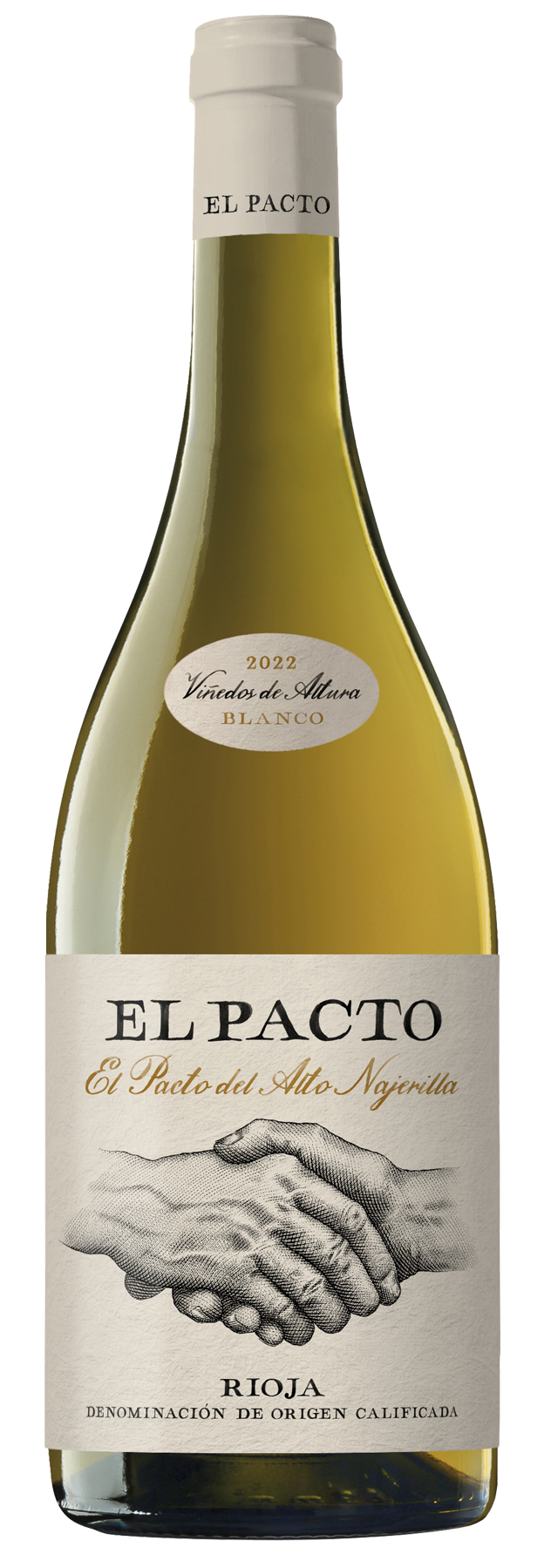

El Pacto del Alto Najerilla 2022
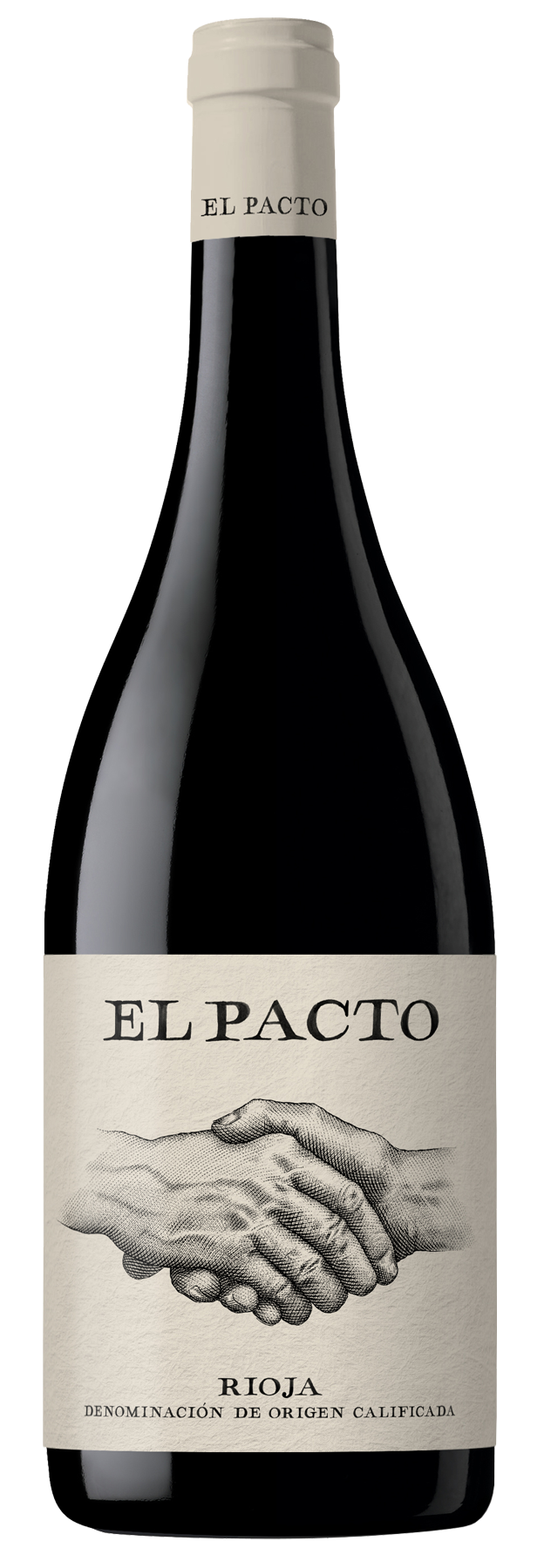

El Pacto de la Sonsierra 2020
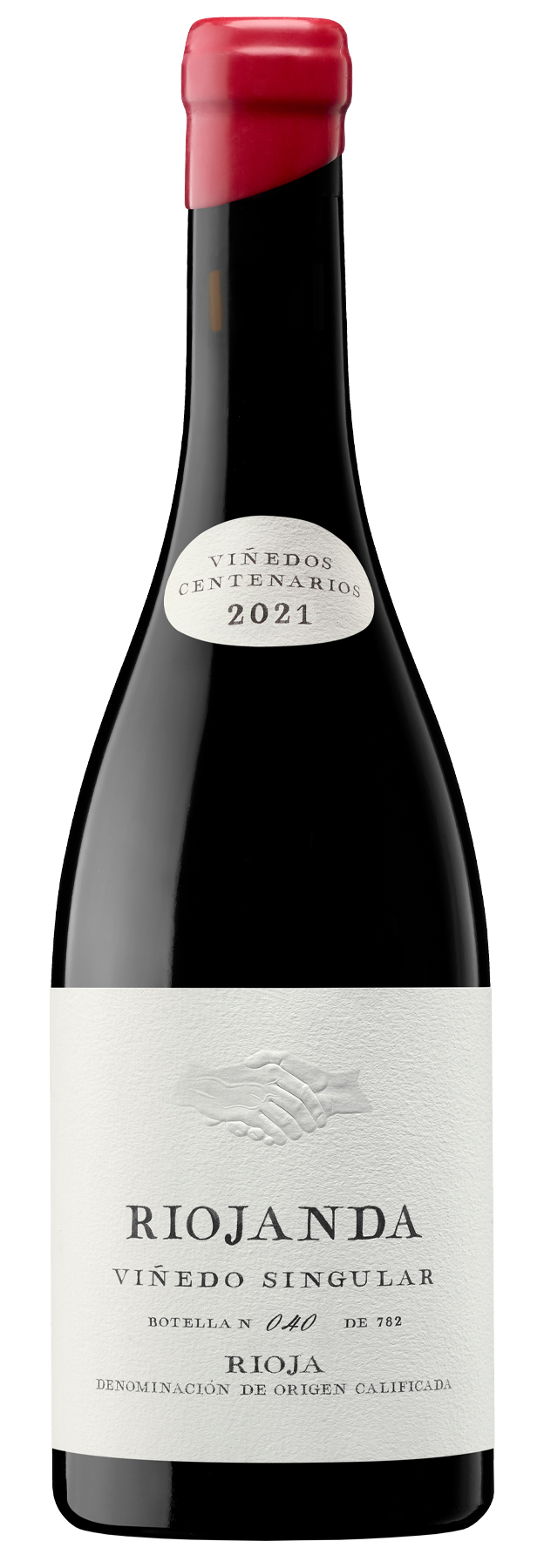

Riojanda 2021
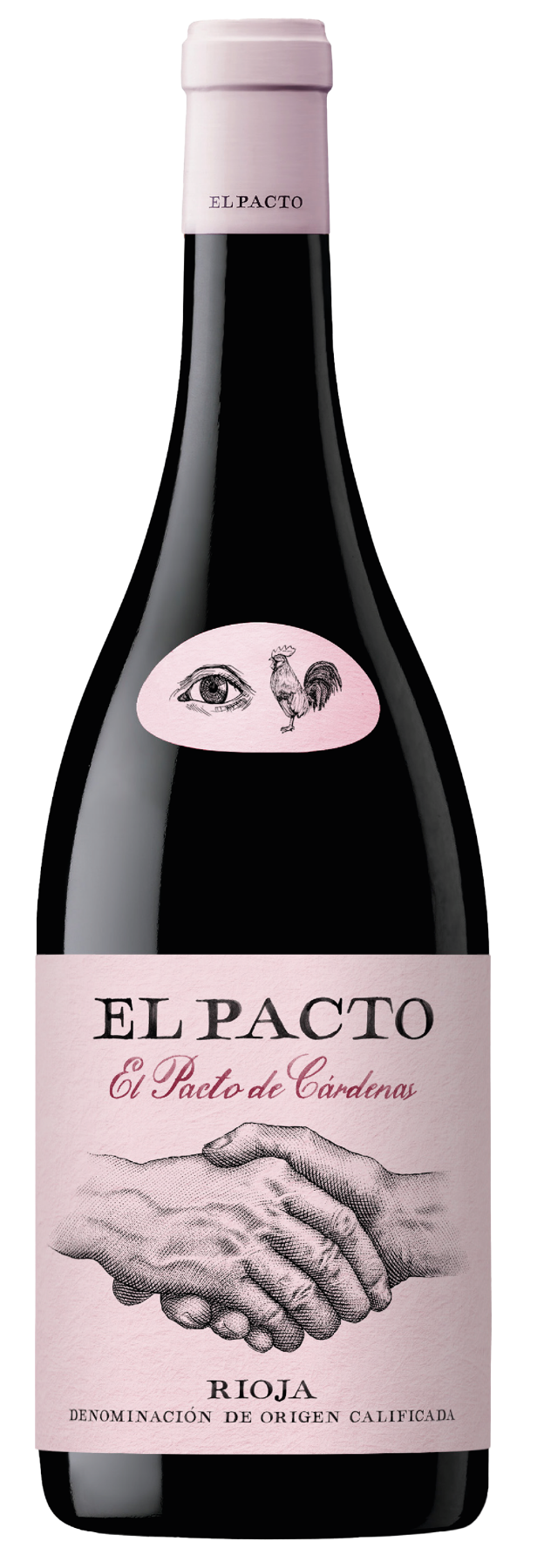

El Pacto de Cárdenas Ojo Gallo 2022
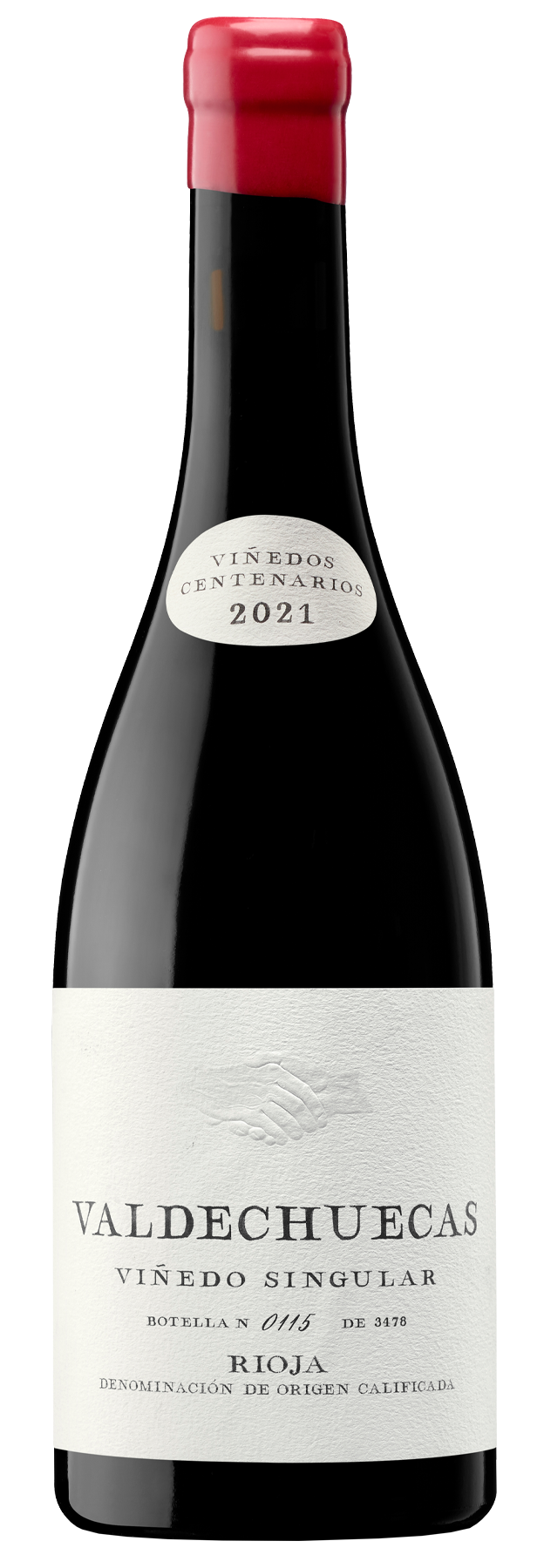

Valdechuecas 2021


Malacara 2021
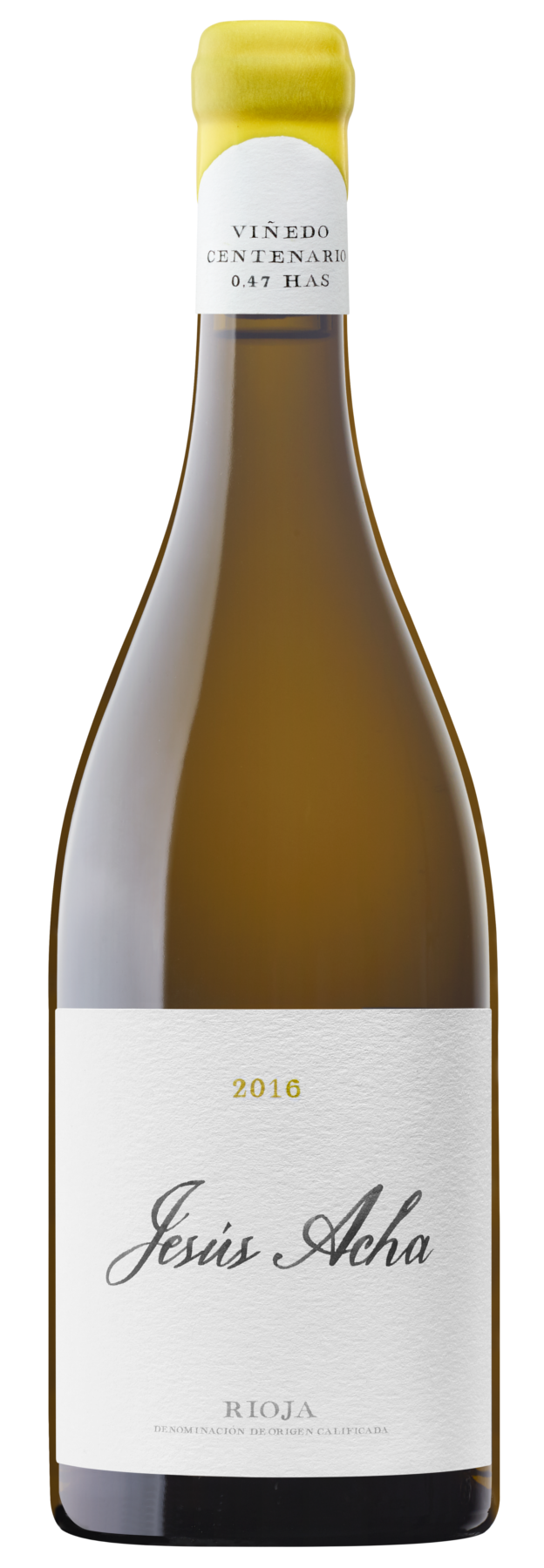

Jesus Acha Blanco 2016
El Pacto del Alto Najerilla 2022
The new local white wine from Viñedos el Pacto originates from the Alto Najerilla, the birthplace of the project's founders. Cárdenas and Nájera, home to the historic vineyards from where this wine comes, reflect its altitude and freshness.

winemaking
Maceration of entire bunches for 24 hours to achieve greater aromatic richness and fullness in the mouth. Subsequent maceration for six hours with the skins and then pressing. Static debourage by decantation and racking to remove the lees. Fermentation is spontaneous with the native yeasts of the grape, at a low temperature (between 16 and 18 degrees). In the final part of the fermentation, the wine passes into oak casks and barrels with a capacity of five hundred to one thousand liters.
tasting notes
visual
Straw yellow of medium intensity, with a very attractive shine that gives it great luminosity in the glass.
nose
Complex, with notes of hay, cream and pastries, as well as citrus nuances in the background.
mouth
Long, with very good acidity, and at the same time a lot of structure. The tactile sensations generated by the interaction between the aging oak and the freshness of the grape stand out. But it also stands out for its fullness and creaminess in the mouth, the result of a complete maturation in the vineyard, where the low production of old vines contributes to the richness of its bunches. A wine structured by its great acidity and rounded by its ample silky sensation.
technical information
variety
Viura mayoritariamente, además de Malvasía, Garnacha Blanca o Jaina.
vineyards
Old vineyards, with an average age of around 60 (planted between 1915 and 1974) located in the towns of Cárdenas and Nájera. Ferrous clay soils with a high component of conglomerate rock at the bottom. At an altitude of around 600 meters.
harvest
Manual harvest on 20 September 2020.
aging
12 months of aging in oak casks and barrels of different capacities (between five hundred and one thousand liters) in contact with the fine lees.
alcohol content
13% ABV.
El Pacto de la Sonsierra 2020
This is the wine that inspired Viñedos el Pacto, an organic red wine made from grapes grown in the vineyards of Baños de Ebro, Villabuena de Álava, Navaridas, and San Vicente de la Sonsierra.

winemaking
Static maceration for 10 days, with minimal intervention to avoid over extraction. Spontaneous fermentation using native yeasts in 20,000 kg tanks at temperatures not exceeding 26° C. Minimal amounts of sulfites are added.
tasting notes
visual
Great depth of color, with violet and red tones.
nose
Intense and surprising for its frank aroma of berries, liquorice, undergrowth, hints of spice and chocolate.
mouth
Bold with great balance, full-bodied but fine and fresh at the same time, fruit and barrel notes returning in the aftertaste.
technical information
variety
Tempranillo mayoritariamente, y algunas cepas sueltas de variedades blancas, Graciano y Mazuelo.
vineyards
27 plots of old organic vines, planted in the 1950s and the 1960s. Mostly calcareous clay soils settled on sandstone rock% $%, located in high and very airy areas of the towns of mainly Baños de Ebro but also in Villabuena de Álava, Navaridas and San Vicente de la Sonsierra.
harvest
Manual night-time harvest from September 27 to October 4.
aging
14 months in 225-liter barrels made up of French (60%), Eastern European (20%) and American (20%) oak. 60% are second-use barrels while 40% are new.
alcohol content
14% ABV.
Riojanda 2021
Exuberance, fullness and freshness, a genuine pearl in the Sonsierra Sea. In the 2019 vintage, a total of 758 bottles and 30 magnums of Riojanda were elaborated.

winemaking
On arrival at the winery, the grapes are destemmed without crushing and undergo spontaneous alcoholic fermentation with native yeasts in wooden vats. After fermentation, they go into new 500-liter French oak barrels, where they undergo malolactic fermentation and then subsequent aging during 14 months.
tasting notes
visual
Great depth of color, with violet hues on the rim and crystal clear.
nose
The exuberance of fruit and full ripeness stand out, very clean, where black fruits combine with red fruit. Accompanied by spicy notes, where black pepper and liquorice stand out. In the background, notes of aging appear, with hints of vanilla and cocoa, along with tones of dry tobacco and fallen leaves.
mouth
Voluptuous and full-bodied, with a very pleasant attack. A wine with very enveloping sensations throughout its journey in the mouth. It also has a good structure, which is typical of the Tempranillo variety, but with that silky Sonsierra character, which results in very pleasant and refined tactile sensations. It is a wine where balance, smoothness and feelings of fullness prevail.
location
42º32'57.3"N 2º36'45.0"W
Navaridas - Plot of 0.38 hectares.
gallery
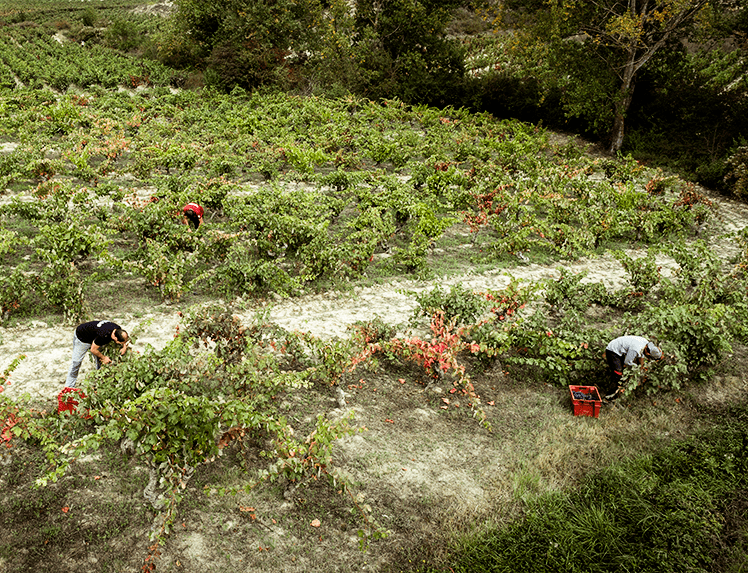
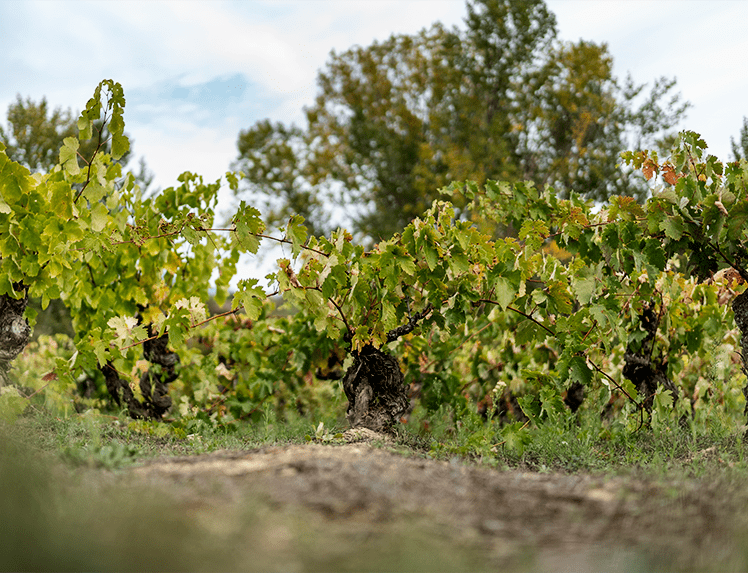
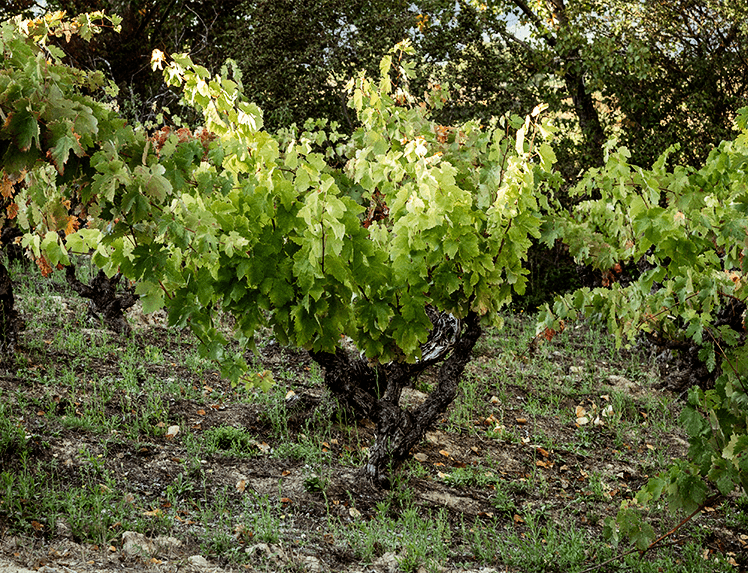
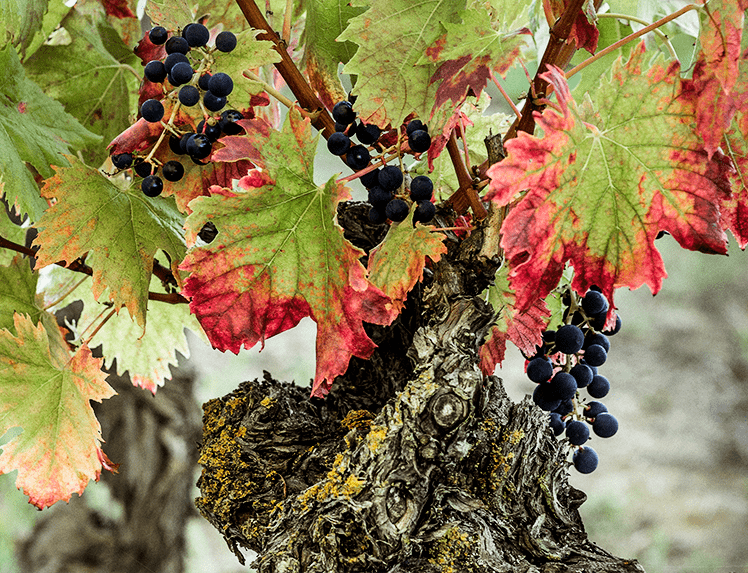
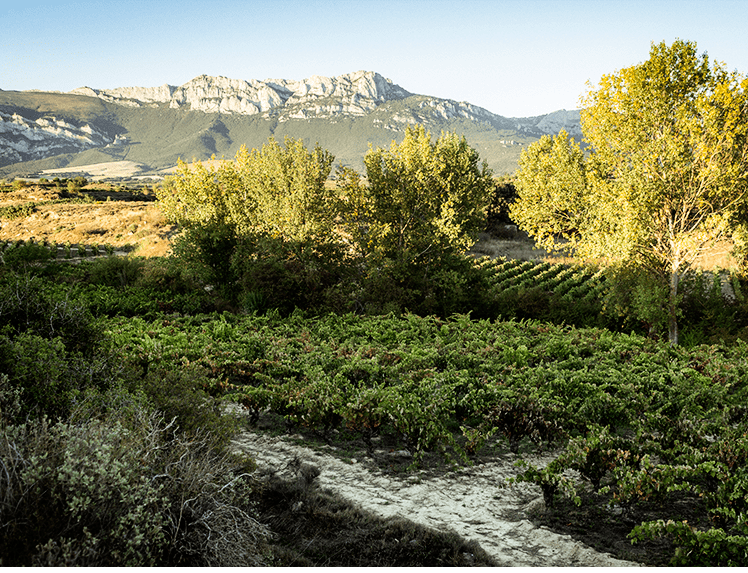
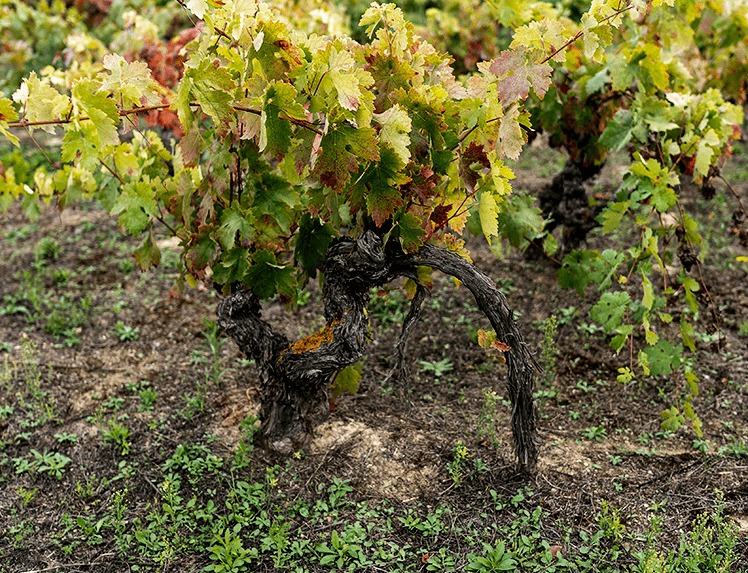
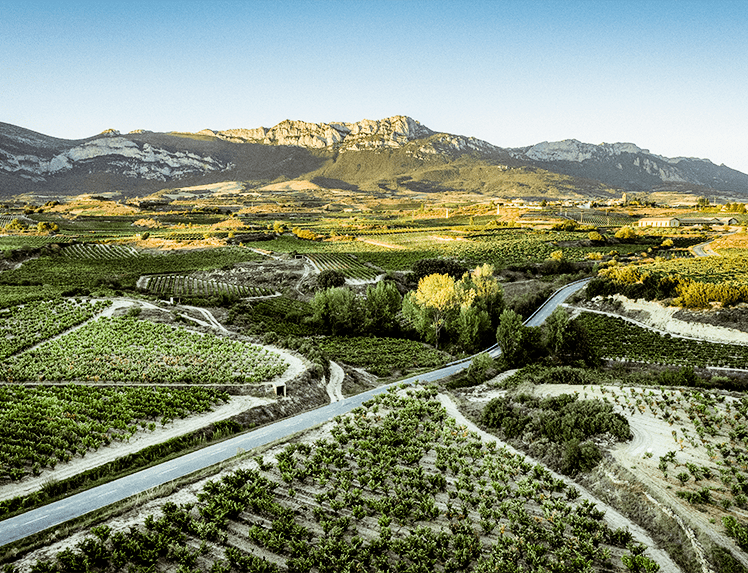
technical information
variety
Tempranillo mayoritariamente, con cepas sueltas de Graciano, Mazuelo, alguna variedad blanca e incluso cepas de variedades desconocidas.
vineyards
Located in Navaridas, at an altitude of 535 meters, on calcareous clay soil. The plot faces east and has a slight slope of 10%, making it excellent for receiving the day’s first rays of sunlight while also being protected from the evening heat. Plot of 0.2163 hectares, planted in 1920 in a 1.50m x 1.50m old planting frame, with a production of less than one kilogram per vine. Low vigor due to the limitations of its soil and with productions of less than one kilo per vine.
harvest
Manual harvest on October 2.
aging
14 months aging in new French 500-liter oak barrels.
alcohol content
14% Vol.
year of plantation
Planted in 1920 in a 1.50m x 1.50m old planting frame, with a production of less than one kilogram per vine.
altitude
535 meters.
soils
Calcareous clay soil.
El Pacto de Cárdenas Ojo Gallo 2022
As a result of this desire to recover ancestral traditions, this "Ojo Gallo" was born, named for its color. It is a wine that recovers the most authentic local tradition, a red with a white soul whose elaboration had practically disappeared.

winemaking
It was made as a farm wine, the red and white varieties together. It macerated for four days in a concrete tank, where it also partially fermented, although it finished its fermentation in a stainless steel tank.
tasting notes
visual
It is a red with very little layer, hence its name. It shows great vivacity and preserves its red tones intact, so typical of the Garnacha variety, which denote energy and youth. It has a great brilliance that, together with the great intensity of the red tones, give the glass a very special luminosity.
nose
Of great aromatic intensity, it retains its primary aromas, despite being a aged wine. The influence of Garnacha stands out fundamentally with notes of red fruits, strawberry yogurt and light touches of lollipop. Certain fresh tones are also perceived, with balsamic, floral and citrus notes, more typical of white varieties. And in the background, more creamy and enveloping nuances appear, the result of its aging in oak vats. It is a wine that denotes limpidity, freshness and a great fruity character.
mouth
It is a “long drink” wine, with great fluidity throughout its entire journey through the mouth. It is accompanied by a marked acidity, but totally integrated between the glyceric sensations and that subtle texture that it presents. It abandons the structure of red wines to show itself with total delicacy, with a touch full of softness and kindness, a reflection of a white wine. Its aftertaste is highly complex, intertwining the sensations of fruit with spicy nuances and enveloping notes that have given it maturation in oak vats. Pure elegance within a balance of varieties.
location
42°22'00.0"N 2°46'25.7"W
Cárdenas
technical information
variety
Garnacha Tinta y Viura, aunque el en viñedo también hay cepas sueltas de Tempranillo, Malvasía, Graciano, Mazuelo y alguna variedad desconocida. El porcentaje de variedades tintas y blancas es muy similar.
vineyards
Four plots, three of them centenary and a fourth planted in 1957 (Los Cabos), in the heart of Alto Najerilla, at 600 meters above sea level. The soils are ferrous clay with a high component of conglomerate rock at the bottom.
harvest
It was harvested in the second half of September.
aging
12 months of aging. Half of the wine is aged in a 5,000-liter oak vat and the other half in a small concrete tank.
alcohol content
13% Vol.
Valdechuecas 2021
The roots of centuries-old vines contain the essence of Rioja's freshest Garnacha.

winemaking
Fermentation takes place in a 5,000-liter concrete tank, enough for the entire production of the vineyard. Vatting takes place by gravity: 15% of the whole bunches with stems are placed in the bottom, and later the tank is filled with destemmed grapes but without crushing, preserving the integrity of the grape. Fermentation is spontaneous with the vineyard's own yeasts and maceration with the skins during this process lasts a total of 15 days. One year in a second-use 2,400-liter French oak foudre.
tasting notes
visual
An intense red color, characteristic of the Garnacha variety in cold areas, Great depth of color, the result of the natural concentration typical of old vines. Clean, bright and with a very slightly evolved rim from aging.
nose
Very complex and deep, the result of partial elaboration with whole bunches in concrete tanks, which provides certain vegetable tones (grape stalk) and red and black fruit compote. Spices and minerality stand out, with wood always very well integrated, after having remained in the foudre for 12 months. This type of aging increases the complexity on the nose, generating notes with a certain reduced character, which evolve in the glass to fresh fruit and balsamic tones.
mouth
In the mouth it shows great verticality, due to the strong tension of its acidity, the hallmark of its area of origin: the Alto Najerilla. A wine of great depth, with a tannic backbone of outstanding refinement and persistence, although with the markedly amiable character of the Garnacha variety. Undoubtedly, a wine with great aging potential, with many aspects to be discovered over time.
location
42º21'58.1"N 2º46'24.0"W
Cárdenas - A plot of 1,16 hectares.
gallery
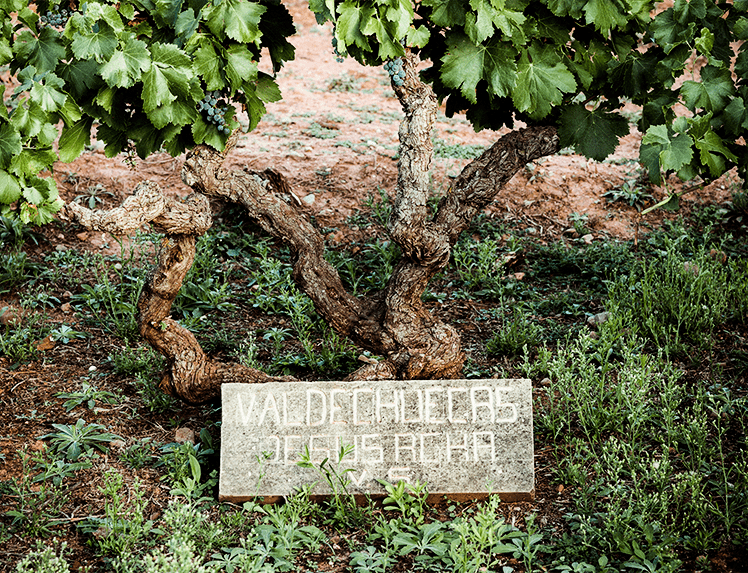
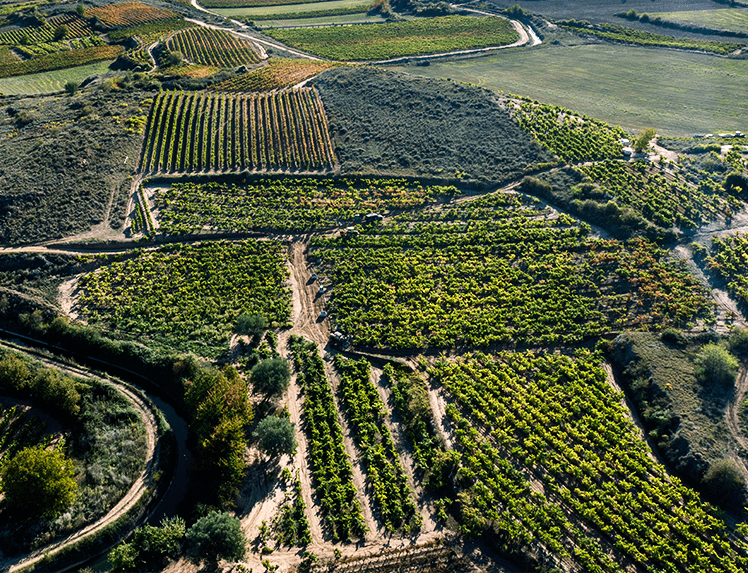
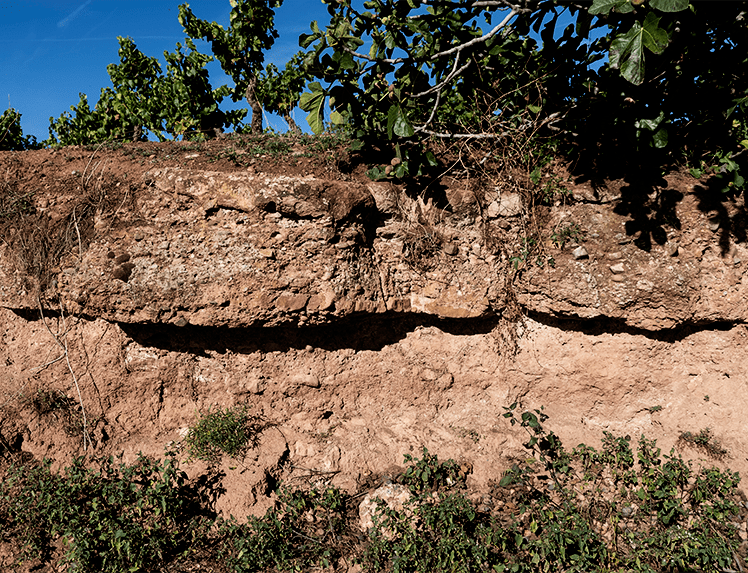
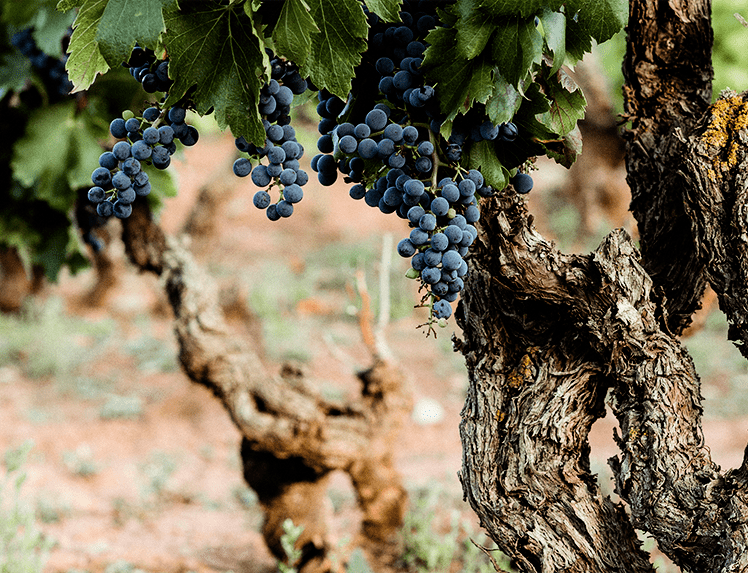
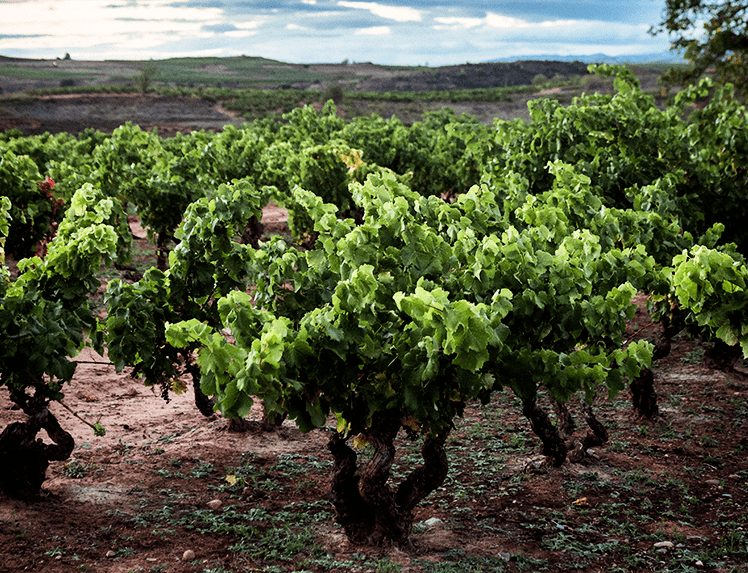
technical information
variety
Garnacha Tinta mayoritariamente, aunque tiene cepas sueltas de Tempranillo, Graciano, Mazuelo, Viura y Malvasía
harvest
Manual harvest on October 21.
year of plantation
One part was planted in 1912 and is a 1.60 x 1.60 old planting frame. The rest of the plot, planted in 1918, is a 2m x 1.40m rectangle French-style frame.
altitude
Between 595 and 620 meters
soils
Ferrous clay soil with conglomerate rock
Malacara 2021
EXCEPTIONAL VINEYARD. Sublime freshness from a unique Mazuelo vineyard in Alto Najerilla.

winemaking
Upon arrival at the winery, the grapes are completely destemmed without crushing. The maceration process is very gentle, carried out in an open tank where spontaneous alcoholic fermentation occurs with indigenous yeasts from the grapes.
tasting notes
visual
Wine of medium robe, with intense red tones and blue edges denoting its vitality and energy.
nose
Of medium to high intensity, it stands out above all for its floral notes, dominated by aromas of petals. These are accompanied by balsamic notes and aromas of sour red fruit, such as currants and raspberries, varietal aromas resulting from a very prolonged maturation period during cool nights in a high-altitude area. Additionally, typical underbrush notes from the Alto Najerilla region are present, with hints of thyme, rosemary, and other aromatic herbs. Its aging in an inert material promotes its self-development.
mouth
Exquisite acidity defines its passage on the palate, while showcasing its fullness and finesse. The old vines contribute volume and creaminess to the wine, which is balanced by the verticality of the Mazuelo, its low tannic load, and a light structure that provide a silky, long, and intense palate. On the finish, fresh red fruit returns in the retronasal, with a hint of liqueur.
location
42°23'14.6"N 2°46'27.1"W
Cárdenas
gallery




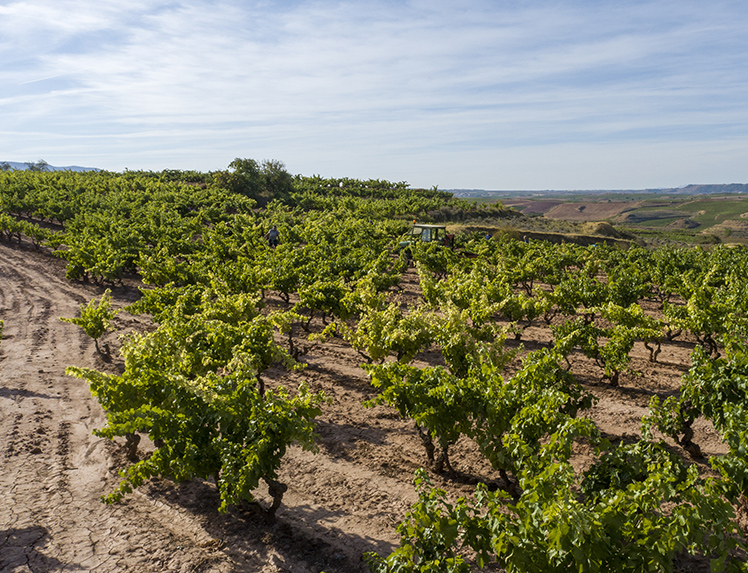
technical information
variety
Mazuelo mayoritariamente, aunque la parcela tiene algunas cepas sueltas de Garnacha Tinta.
vineyards
A small 0.24-hectare vineyard planted in 1946 in Cárdenas, situated on a north-facing slope with a 14% gradient, at an altitude of 570 meters on rugged terrain, replete with ravines and slopes. The planting density is 2.2m x 1.1m, with 750 vines. This plot is exceptional due to its varietal composition; it is nearly impossible to find complete Mazuelo vineyards of this age. Due to its age, it is a vineyard of significant genetic value, having been grafted through mass selection, originating from different Mazuelo strains within the same locality.
harvest
Manual harvest on October 15th.
aging
Aging takes place for 16 months in a stoneware amphora, a ceramic material but with low porosity. In this inert container, the wine gradually integrates with the precise input of oxygen.
alcohol content
14% Vol.
year of plantation
1946
altitude
570 meters
soils
Ferrous clay soil. A north-facing slope with a 14% gradient.
Jesus Acha Blanco 2016
The relationship between the man and the vineyard, a homage to a life devoted to viticulture.

winemaking
Maceration of entire bunches for 24 hours to achieve greater aromatic richness and fullness in the mouth. Subsequent maceration for six hours with the skins and then pressed. Static debourage by decantation and racking to remove the lees. Fermentation is spontaneous with the native yeasts of the grape, at a low temperature (between 16 and 18 degrees). In the final part of the fermentation, the wine is transferred into a clay jar and French oak “bocoy” or large barrel.
tasting notes
visual
Golden yellow color, medium-high intensity, the result of its prolonged stay in the bottle. Very bright, with lively green reminiscences, showing its intrinsic energy.
nose
High aromatic intensity and great complexity, the result of the evolution of the Alto Najerilla fresh character over time. A background salinity, present in these old vines, isintertwined with sweeter, more affable and creamier notes on attack. The more ethereal aromas of chamomile and white flowers are combined with deeper and darker root notes,expressing that spirit of spring, while retaining its sense of roots in an area of such tradition.
mouth
Its immense unctuousness and affable character are immediately noticeable, with the great length conferred by this intrinsic freshness. The combination of amphora and“bocoy” during aging, blends the minerality of clay with the nobility of wood, resulting in a wine with a surprising texture, as well as intense and pleasant tactile sensations. Itcombines the essence that the ancient vineyard possesses with tremendous complexity and a profound sense of balance. Its sensations in the mouth are constantly driven by thatacidity, which gives it a personality reflecting eternity.
location
42°23'08.6"N 2°46'08.4"W
gallery
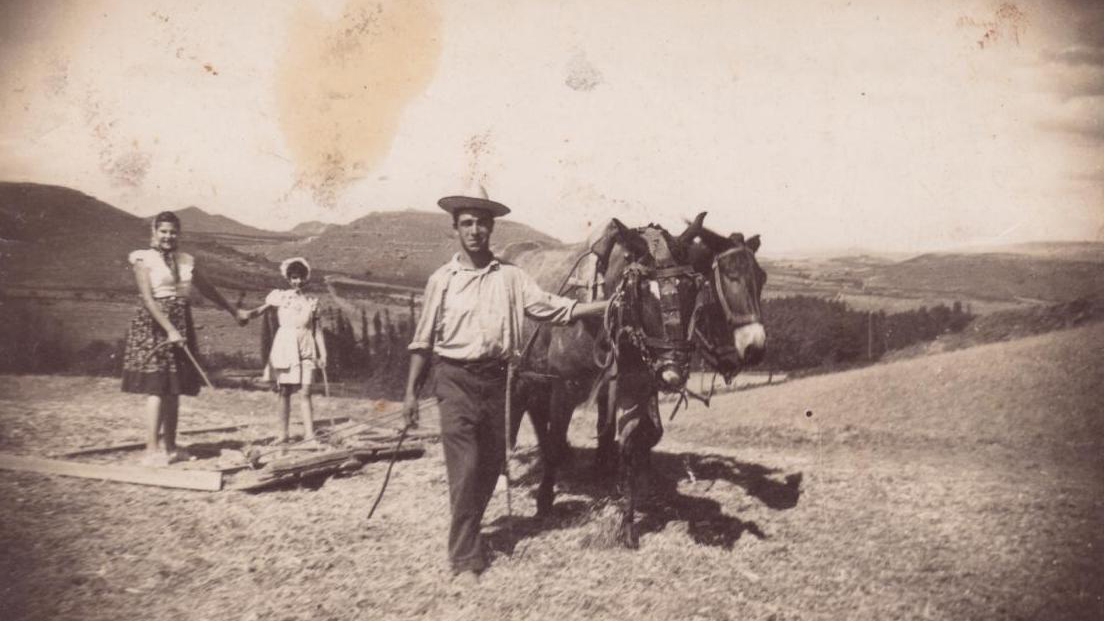
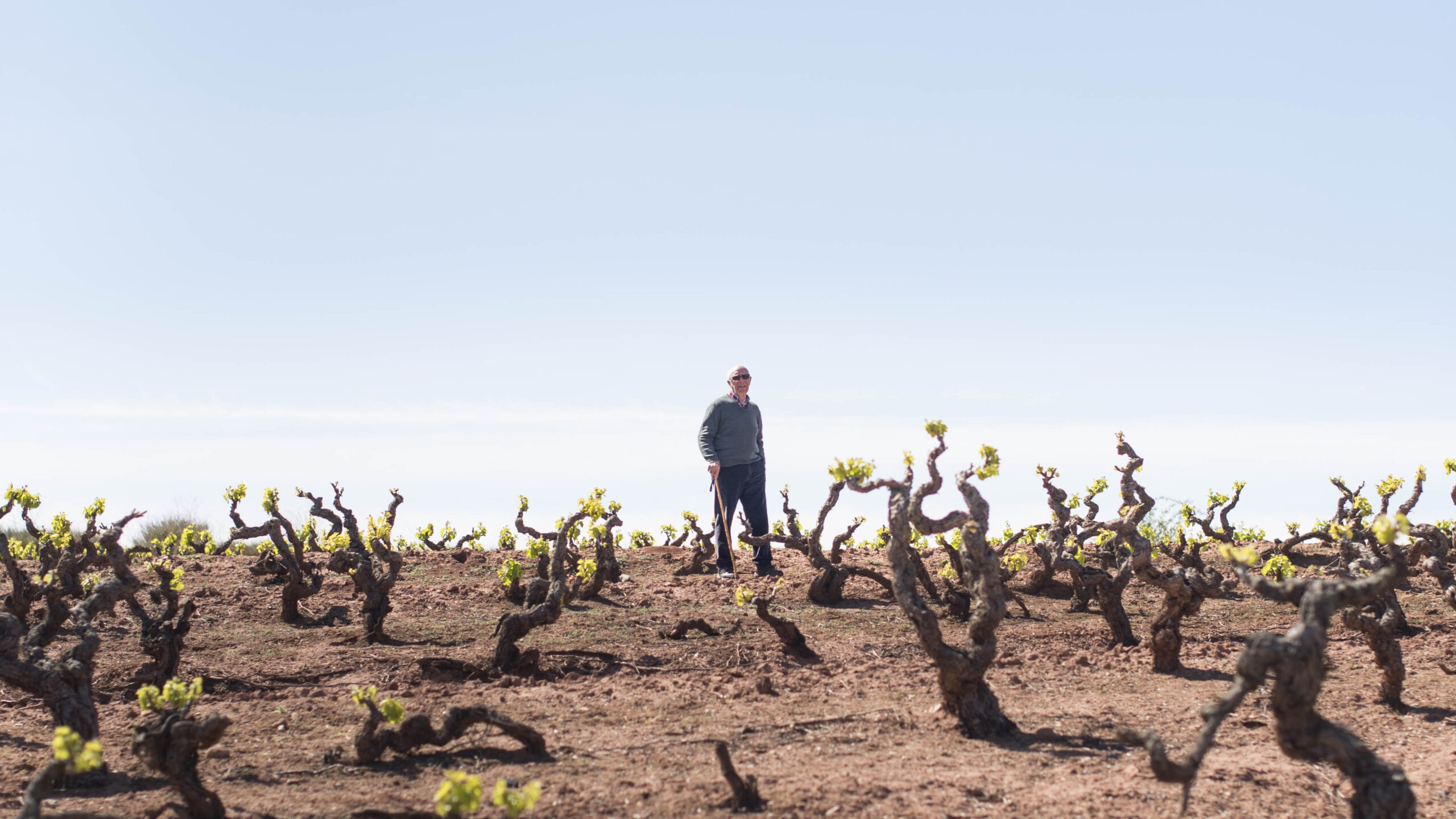
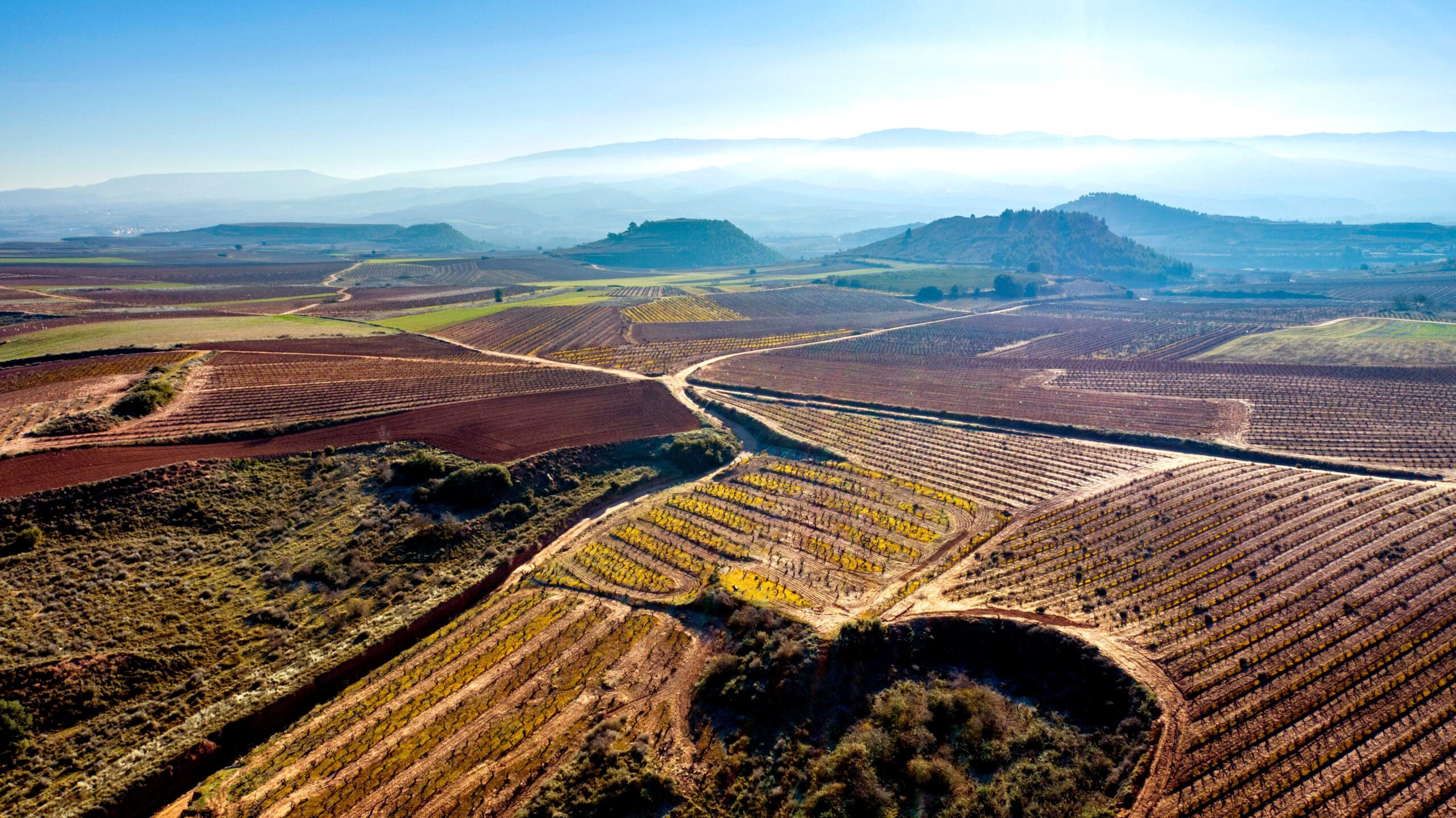
technical information
variety
Viura mayoritariamente y pequeños porcentajes de Malvasía, Jaina, Garnacha Blanca y otras variedades.
vineyards
0.47 ha plot located in Cárdenas (Rioja’s Alto Najerilla), planted in the year 1912 on an old 1.60 x 1.60-meter planting frame. Vineyard where a mixture of many white and red varieties (about half and half) coexists on ferrous clay soil with conglomerate rock.
harvest
It was harvested by hand on September 29.
aging
Aged for 18 months, one half in a clay pot and the other in a French oak “bocoy”.
alcohol content
14% Vol.



